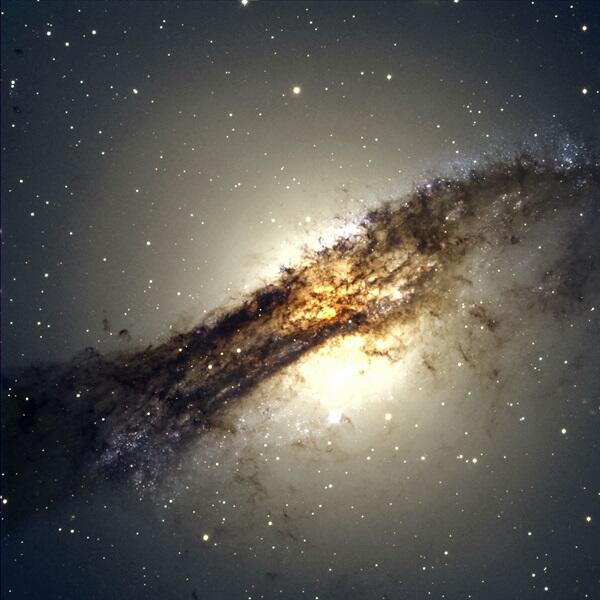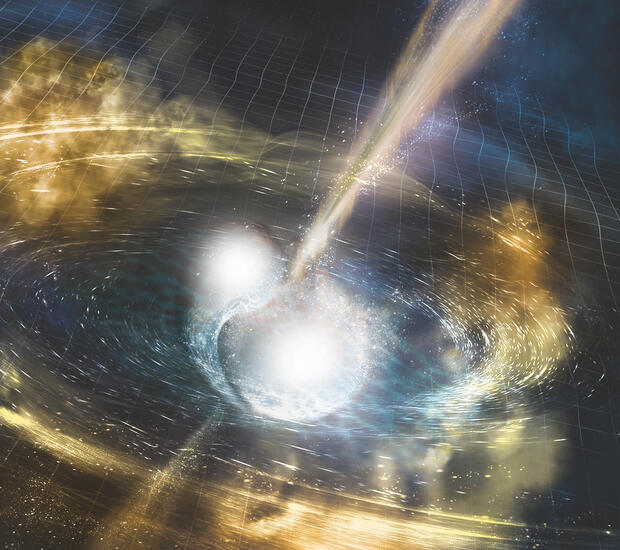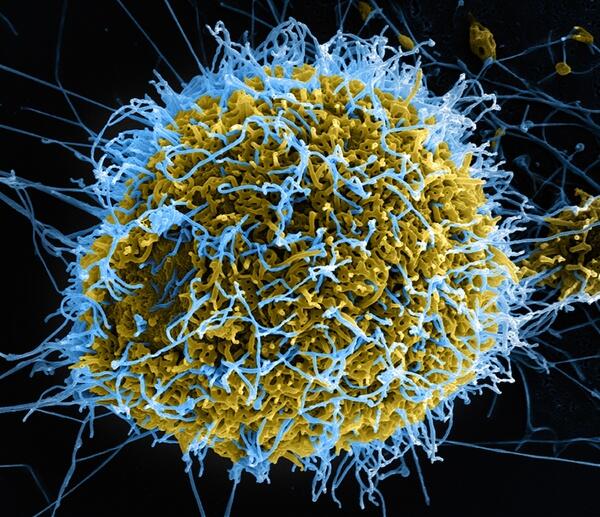


Centaurus A’s satellites rotate together
The force of gravity locks smaller things in place around big ones. This holds true for galaxies, including our own, which maintain systems of satellite galaxies (for example, our Large and Small...
Astronomy and the universe of discovery
Richard F. Green, Director, Division of Astronomical Sciences, U.S. National Science Foundation (NSF) explores the wonders of astronomy and the universe of discovery In October 2017, telescopes...
Taking up arms
Recently, scientists discovered the earliest spiral galaxy ever seen — imaging it as it looked when the universe was only two-and-a-half billion years old. They think this galaxy might be one of the...
Catch the ‘Winter Football’ and Other Asterisms with Mobile Astronomy Apps
Constellations have long been used to organize the night sky and capture our imaginations with their myths and legends. But only a limited number of constellations resemble their name, and the stars...
Catch the ‘Winter Football’ and Other Asterisms with Mobile Astronomy Apps
Constellations have long been used to organize the night sky and capture our imaginations with their myths and legends. But only a limited number of constellations resemble their name, and the stars...
The hunt for viruses in space
Considering viruses are thought to be the most prevalent biological entities on Earth, you would expect that plenty of research has focused on finding them in space, right? Wrong. To date, almost no...
Is the Golden Age of Astronomy Nearly Over?
Among astronomers, it’s a commonplace that the last few decades have been a golden age. Starting around 50 years ago, astronomy found itself on a winning streak of truly amazing discoveries. But are...








